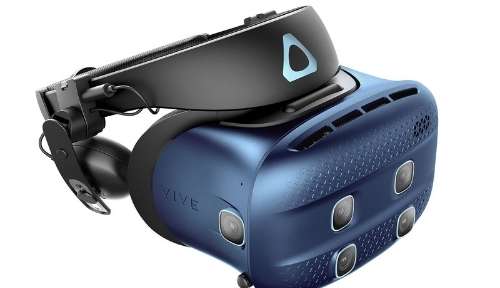It’s the end of an era for VR. To be sure, it was a pretty short era, lasting just over half a decade, but it was an important one. The Oculus Rift headset, which pioneered modern consumer VR, is being discontinued. The Rift S, which is the second major consumer model of the headset, will probably be the last Oculus headset to bear the Rift name.
Streamlining Operations
This isn’t the first headset that Oculus has discontinued. Their low-cost Oculus Go got the chop a few months ago as Oculus stated it would no longer support headsets that don’t offer six degrees of freedom. Understandably Go owners were none too happy that their still fresh purchase was being dropped like a hot potato, along with future app development.
Sadly, the Go was a victim of VR technology moving too quickly. At the point where the Go was released the cost savings of a 3DoF headset made sense. Now headsets like the Quest 2 prove you can market a fully-fledged 6DoF headset with all the bells and whistles for only a little more.
So what about the Rift-S? Let’s be honest, choosing between a new Rift S and the original Oculus Quest is a bit of a no-brainer. While the Rift S offers slightly better fidelity, you need to attach it to a fairly powerful (and expensive) gaming computer for it to work.
When Oculus added the Oculus Link feature, which lets you turn a Quest into a Rift using a USB cable, the Rift’s fate was all but sealed.
Now you could buy a Quest and have a full VR system with no extra cost but software. If you later got a computer with sufficient power, your existing Quest gives you access to the full PC VR experience. Give that the Rift S costs about as much as a Quest, the value proposition to consumers is weak.
Now the entire line of headsets has been unified into the Quest 2 and its successors. One headset that does everything and has actually gone down in price compared to the Quest 1.
Are Current Rift Owners In Trouble?
Not at all. Unlike Oculus Go owners, current Rift owners will still get support and new software to play for years to come as far as we can see. That’s mainly because Oculus Link connects the Quest to the same software as the Rift. It’s likely that Oculus will unify and rebrand its software, but there’s no reason to expect that new Oculus games and experiences won’t keep working on Rift headsets. After all, Oculus has said they will keep supporting their 6DoF headsets.
What Does This Mean For VR’s Future?
The move to kill off their PC-only VR headsets makes perfect sense for Oculus thanks to the Quest. However, what does that mean for the rest of the PC-only VR market? Valve is setting the standard for high-end, high-fidelity PC VR with the Valve Index. However, flagship PC VR games such as Half Life Alyx are still playable (and amazing) on the Quest headsets.
I suspect this means that other VR makers better get on making standalone headsets that can double as PC VR systems, but Oculus has a massive head start in that regard. With a full software ecosystem that also covers SteamVR and OpenVR. It’s becoming hard to justify anything other than the Quest 2 for average consumers, relegating the Valve Index to a shrinking niche market.
Another point to consider is that this development will push the Quest and headsets like it into the same sort of upgrade cycle as smartphones. While both Quest 1 and Quest 2 will give you a similar PC experience, native apps that depend on the internal hardware will show stark differences.
With mobile CPU and GPU development speeding along there will be a good reason to upgrade your Quest every generation or two. Whether this is a good or a bad thing remains to be seen. For now, enjoy the Rift you have and start accepting that for now the future of mainstream PC and standalone VR seems to be the Oculus Quest.







